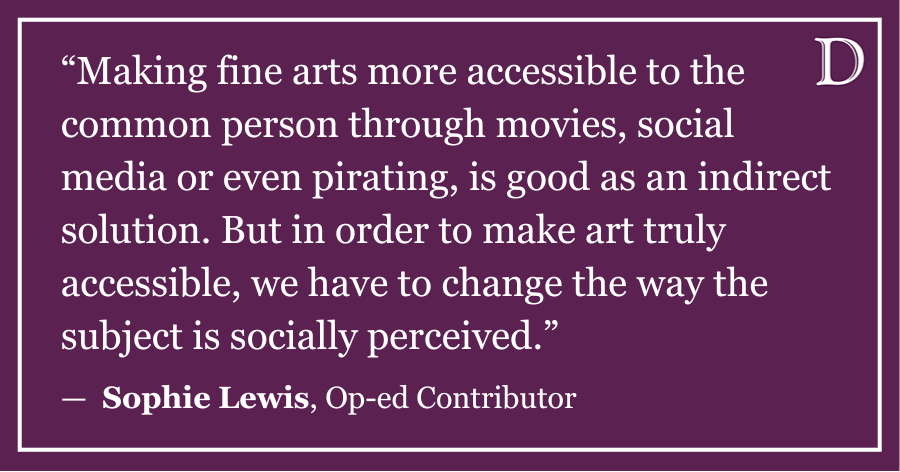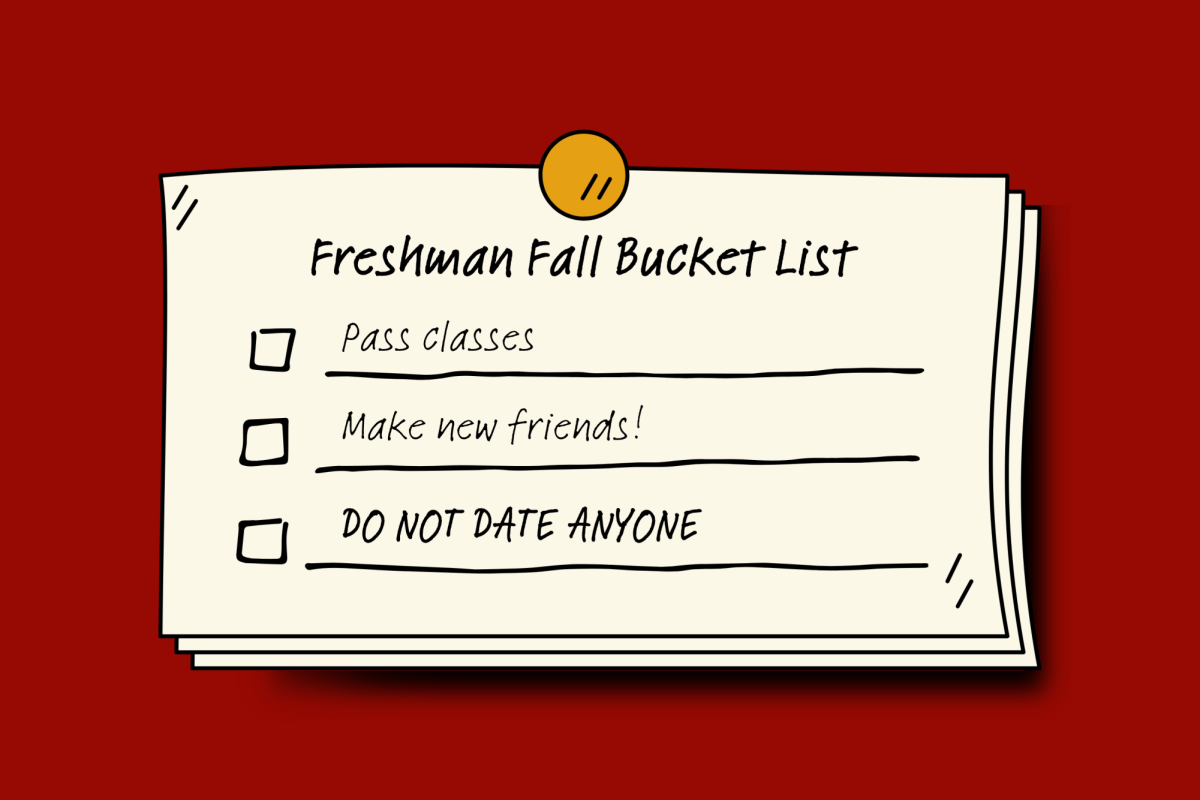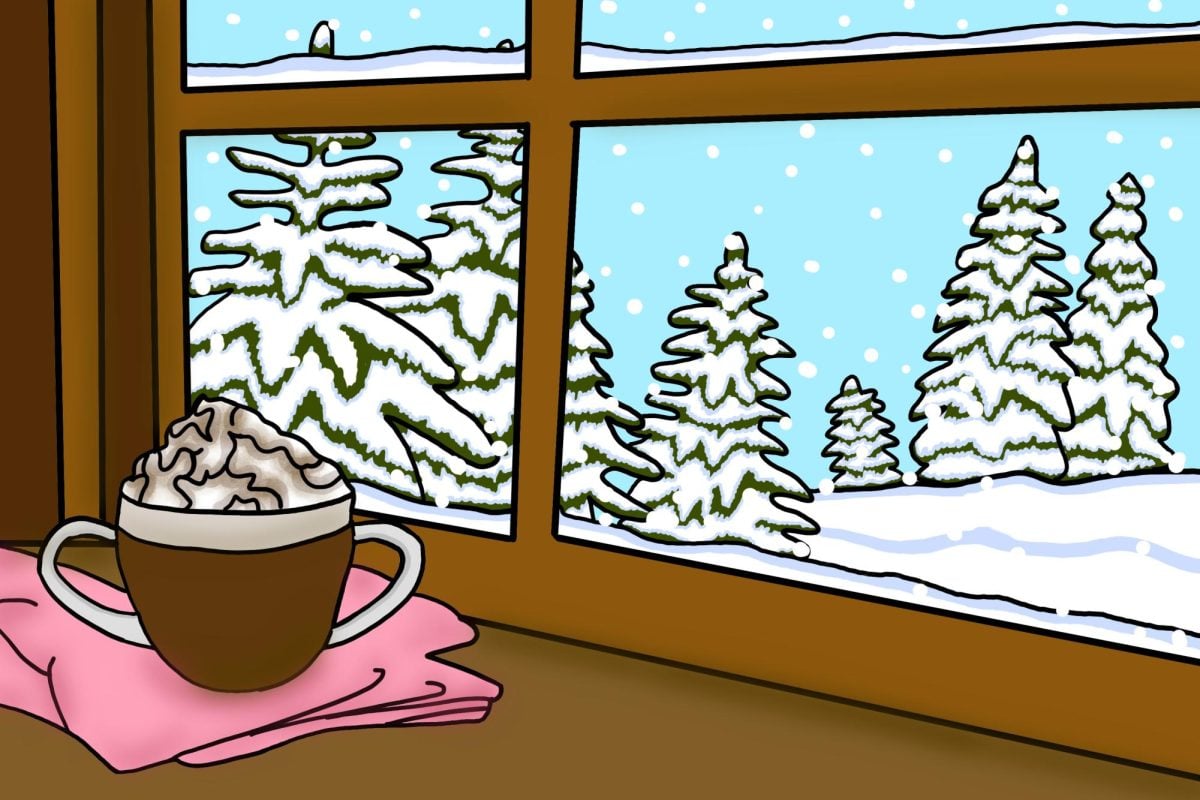Institutional racism is still alive and well, even in a supposedly “liberal” American media. Indeed, it’s a reality both in national publications and perhaps even here at Northwestern.
For those who don’t understand institutionalized racism, here’s a bit of a primer.
It’s different than racial prejudice, through which people’s learned and oft-premeditated social attitudes translate into bigoted beliefs, stereotypes and discrimination toward people of different races and cultures.
Instead, institutional racism is the collective failure of an organization to provide an appropriate, professional service to people because of their race, ethnicity or culture. Classic examples include public school budgets, university policies and standards, racial profiling and misrepresentation of racial groups in mass media.
Does all of that sound familiar? There’s a reason.
The concept has crept up in ongoing campus dialogues regarding diversity initiatives, citing past and present NU policies as indicative of long-standing byproducts of white, classist privilege in universities across the country. And the environment, past or present, gives way to institutional racism seeping into other campus establishments, including the Greek system, sports and even campus media.
Consider this on a larger scale, if you will. Virtually all large media outlets are owned by corporate conglomerates. For example, Disney is one of the largest hollywood movie studios and owners of mass media, including Touchstone Pictures, Pixar, ABC and A&E Networks. The Walt Disney Company is just one in a number of dozens of media conglomerates worldwide, effectively commanding what we view on television, hear on radio, read in newspapers and even surf while online.
And, historically, these conglomerates have been white-owned and white-operated, with the byproducts of slavery and segregation not only affecting their workforces, but also the creative works and journalism they disseminated across all forms of media.
Take “Tom and Jerry,” for example. In some cartoons, you see a fat, apparently dark-skinned woman, depicted only from the waist down, tending the home and essentially babysitting the menacing twosome. She’s speaks loudly with rudimentary grammar and wears a raggedy housedress and maid’s apron. The cartoons are still syndicated in some instances, portraying a classic trope of the “Mammy,” similar to what you may see in “Gone With The Wind.”
The same institutional racism seeps into journalism, reflecting the underlying biases of parent companies, publishers, editors and reporters working for publications. Media corporations have been largely white-owned and operated from top to bottom since their origination, with the effects of slavery and segregation reflecting in media coverage.
In the first half of the 20th century, blacks were largely shut out of white-owned media companies due to segregation and lack of employment access. While most black newspapers were founded mainly to establish economic stability and security for the community, the main byproduct was the uplifting of the community while it experienced discrimination across virtually all sectors of American society. Hence the journalism industry was about as segregated as the environment it reported about.
Now take that and apply it to media on NU’s campus.
The outlet I’m most familiar with is The Daily Northwestern. There are few reporters of color on The Daily’s staff, and I’m one of few black columnists of recent memory. On the paper’s Editorial Board, only one member is black.
The lack of diversity on NU’s campus and the history of exclusionary practices undoubtedly has affected the scope and nature of media coverage regarding minority communities and issues they face. That’s with the exception of niche publications catering to various minority communities on campus.
One of them is Pulse, formerly known as Blackboard, which has served as the prominent black-focused publication at NU for more than 30 years.
On Wednesday I talked to Pulse’s managing editor, Baindu Kallon, and she shared personal reflections about the nature of campus media coverage and the relative lack of minority presence in larger campus media organizations.
“They wouldn’t know what issues to cover because there aren’t a lot of black students on the staff,” the Medill sophomore told me. “It’s usually majority white so I don’t know how much they would know about black issues and how to report on it.”
Kallon noted that large campus publications have a duty to focus on broader issues and may not be able to devote many resources to covering multicultural activities in depth.
The recent Beer Olympics controversy was a fresh example for reflection.
With a relative lack of diversity in campus media as a byproduct of institutional racism at NU, campus media outlets can often cover issues and events superficially, without knowing about the many different nuances or angles to the story, nuances often intrinsic to the emotions of people being covered and why their participation matters to them personally.
“There’s a reason behind everyone’s passion and I don’t think The Daily or North by Northwestern has captured that in this movement yet and that’s something they should look into doing,” Kallon said.
So what’s the alternative, then? If campus outlets aren’t currently equipped (in staffs or educations) as they could be, how could they conduct more informed reporting on topics affecting multicultural communities?
One would be making specific outreach efforts to large multicultural organizations to recruit and develop members. Another would be assigning reporters to more stories doing in-depth coverage of multicultural issues and events on campus, especially since some of those things are more unique to NU than they are national trends.
They can question themselves, their operations and the limits to their own understandings.
Derrick Clifton is a Communication senior. He can be reached at derrickclifton2012@u.






